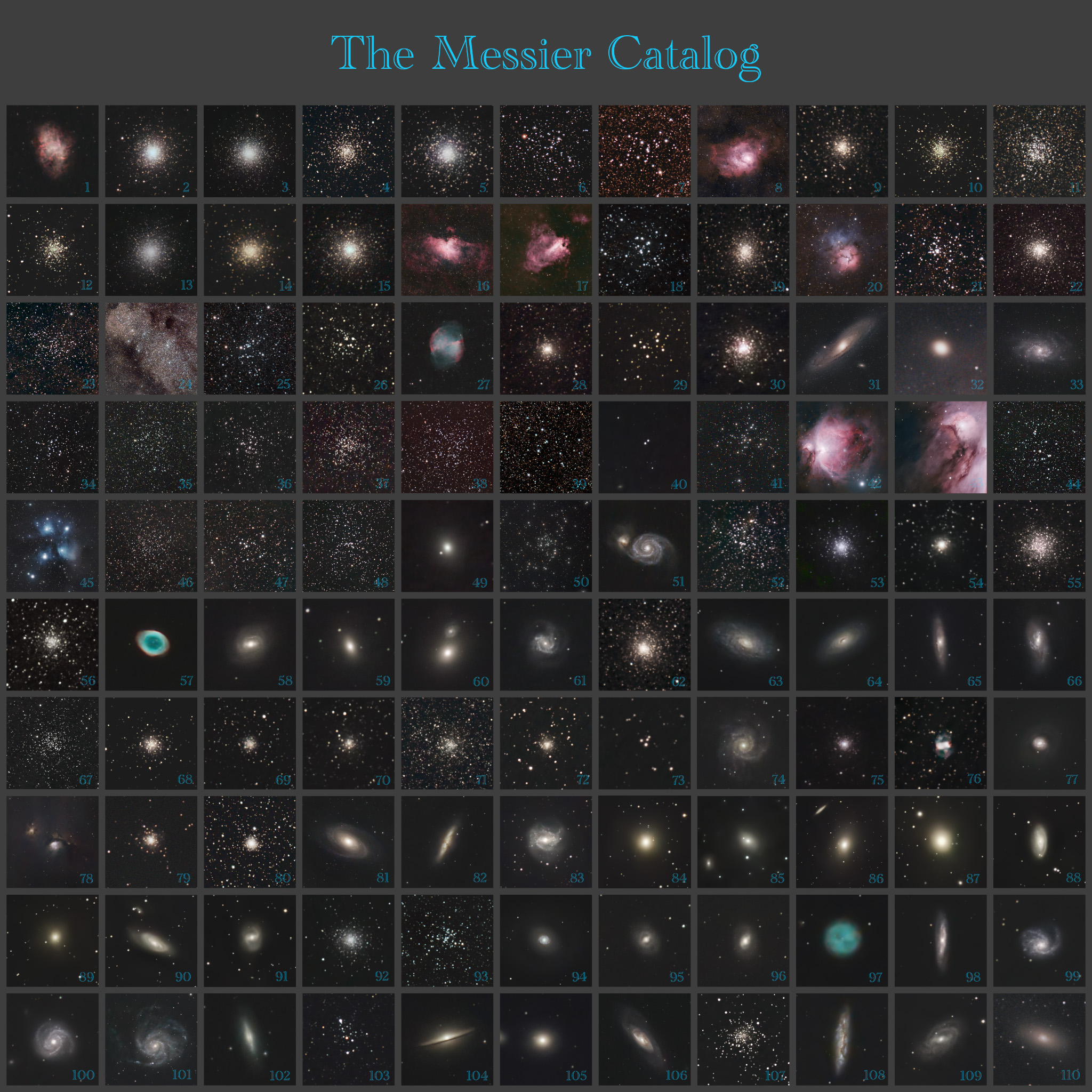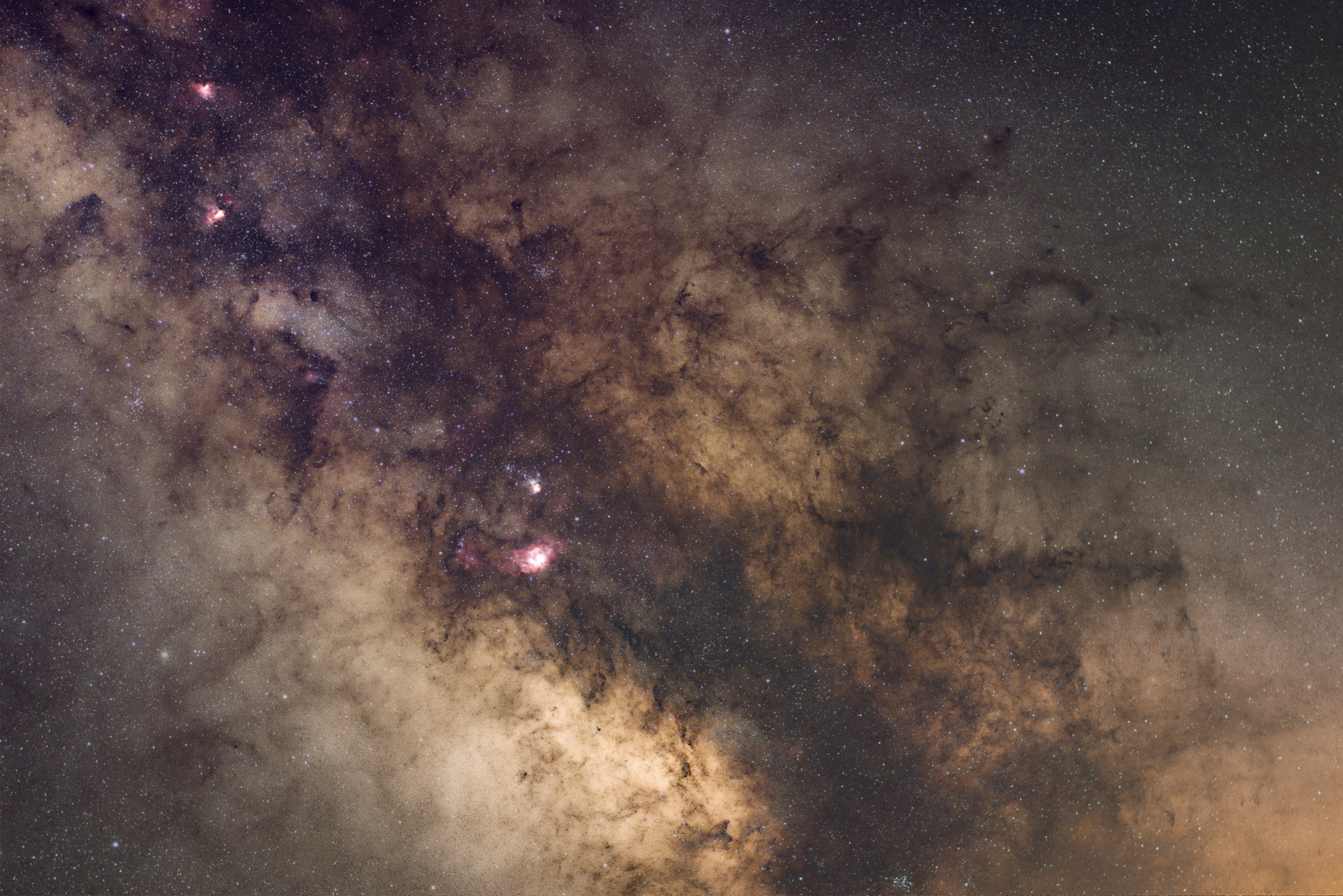I tend to go from one obsession to another, and the latest thing to capture my attention is... astronomy!
I always thought living in the city meant that with an affordable setup on a good night, I would *maybe* get a fuzzy view of Jupiter and Saturn, and anything beyond that was out of reach. I was very wrong! With a modern DSLR, a tracking mount (to counteract Earth's rotation), and the technique of image stacking (taking many long exposures of a subject and averaging the results into a single frame), it is possible to get some pretty impressive images of galaxies and nebulae more than 50 million light years away - that's around 500 quintillion km! It seems there is no end to what you can discover out there.

If you're looking to get started in astrophotography and already have a DSLR, I would recommend a prime lens or refracting telescope in the 200-300mm range and a motorized tracking mount like the iOptron Skyguider Pro or the SkyWatcher Star Adventurer. You will also need a very sturdy tripod. There are many great resources out there now that will help you get started - see here and here for ideas and tutorials.
You can have a look at my latest efforts here. Everything is a work in progress as I continue to learn, but it has been a blast so far!
